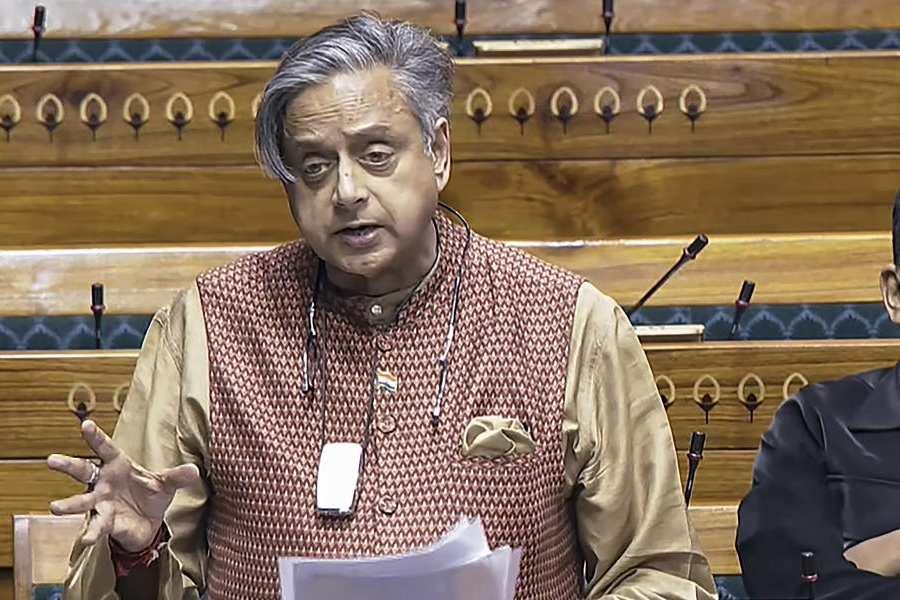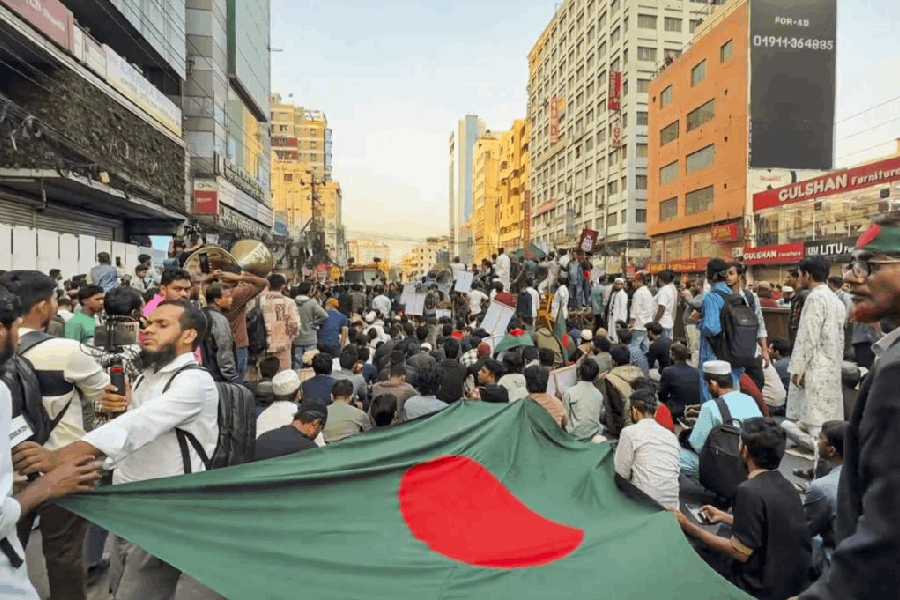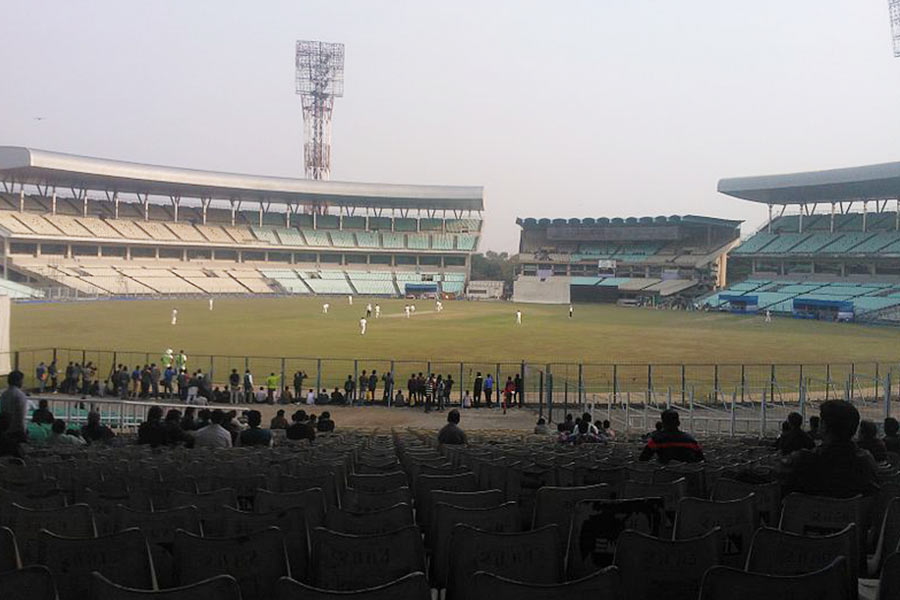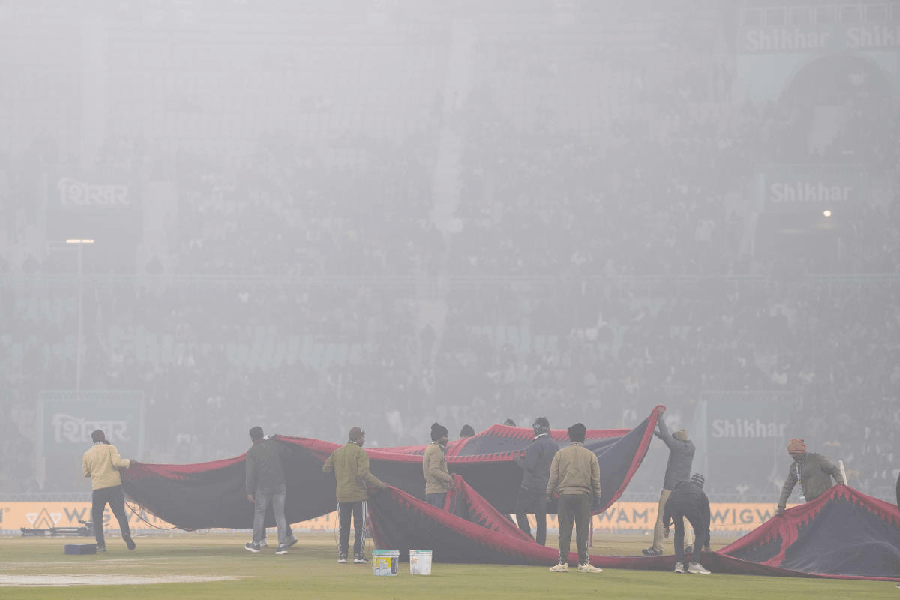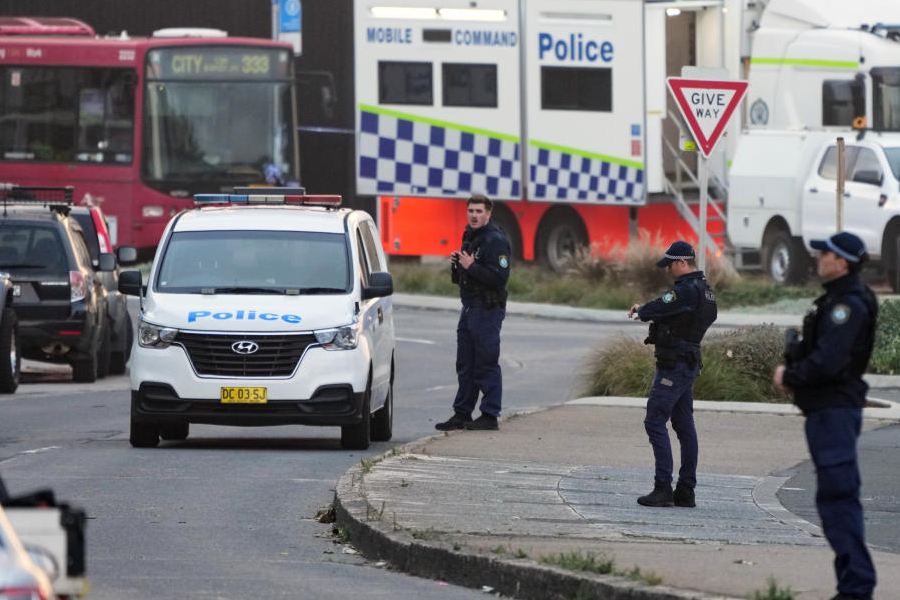 |
| Music makers: Didgeridoo player Mark Atkins (right) with Rajasthani folk musicians |
The brightest full moon of the year wrapped the courtyard of the 500-year-old Mehrangarh Fort in its silver glow. Music wafted in the air, as five artistes played their instruments on the stage. A crowd of 2,500 people dressed in their best Jodhpuri breeches and silks sat mesmerised in the audience.
India’s best known music festival — now quite an international event — was once again a thumping success. “I am glad I travelled for three days to attend this festival. It’s so unusual,” said Turkish national Kasif who has come with his partner all the way to the desert city for the sixth edition of the five-day long Rajasthan International Folk Festival (Riff) that wrapped up in Jodhpur the past week.
Leading the group on stage was Mark Atkins, an internationally acclaimed didgeridoo player. Atkins, on the trumpet-like instrument made of eucalyptus wood, was accompanied by Rajasthani percussionists on the dholak, khartaal, moorchang and bhapang.
Atkins, who started with a solo performance, left the audience in a state of trance with the droning effect of his many didgeridoos. The buzzing tones of the instrument went through several pitches as the strains of violins and voices kept up the tempo. Soon he was joined by local artistes and the stage erupted in drastically distinct yet easily blended notes.
“It took us about a few hours of rehearsal to create this fusion piece,” said Atkins about his first ever asso-ciation with folk artistes of Rajasthan. The 54-year-old Australian has worked with musicians such as Led Zeppelin and Philip Glass and played with the London Philharmonic Orchestra.
It was not just Atkins who struck a chord with the audience. The Sri Lankan group Naadro Percussion Ensemble left the fort walls echoing with their music, involving various kinds of drums. The young boys in their 20s made the audience shake a leg while they built up the crescendo using African percussion instruments and traditional Sri Lankan drums. “In Jodhpur, we got the best of audience and local musicians. Now we are keen on having an association with other Rajasthani folk artistes,” said percussionist Rakitha Wickramaratne after his performance.
The venues for the shows — some ticketed, some open — were as striking as the performances. As local folk musicians set the tone with their dawn and dusk performances at the Jaswant Thada — the royal cremation ground — the morning ragas rose perfectly across the desert town with the first rays of the sun.
An exquisite gazebo, covered with mattress and cushions for the audience, alongside a lake was another spectacular venue. The serene setting was just right for the Baul singers of Bengal, folk singer Bhanwari Devi, Scottish singer Kaela Rowan and performers from the Meghwal community of Marwar.
A Sufi singer, the 60-year-old Gavra Devi Bikaneri, captured the audience with her unusual voice, singing bhajans by Meera, Surdas and Kabir. “There is a special bonding when I sing in front of an audience which accepts me the way I live,” said the visually-impaired artiste who has performed extensively across the country dressed in her characteristic saffron attire. “I once refused to perform in West Bengal as the organisers asked me to wear a saree,” she added.
And it was not just music that made news at the festival. A three-year agreement was signed between the Riff and the Celtic Connection, one of Scotland’s biggest roots music and arts festival, to promote exchanges between the folk musicians of Rajasthan and the Celtic regions of Britain. There are also talks about Rajasthani artistes being made part of the Glasgow music festival.
The festival included several workshops for schoolchildren. Puppet shows, magic shows, circus tricks and various other performances were presented free of cost for school kids. Another notable feature introduced this year was a unique Desert Lounge show which was held at the newly-developed Rao Jodha Park near the Mehrangarh Fort. The traditional musical performance along with the Kalbeliya dancers of Rajasthan started at midnight and continued till the wee hours of the morning. The moonlit show was devoid of any electric lighting or mikes and the audience sat in silence to hear the muted strains.
This annual folk festival was born out of a collaboration between the Jaipur Virasat Foundation and the Mehrangarh Museum Trust. Over the years, it has grown into one of the best known international music festivals, unique for its blend of various forms of folk music from India and abroad. “We felt the need to create a platform for the folk musicians of Rajasthan. Mehrangarh offered us the space, Taj Hotels supported us with the core finance and thereby Jodhpur Riff was born,” said festival director Divya Bhatia. Mick Jagger of the Rolling Stones is the international patron for the festival.
The carnival, where around 250 artistes converged, left many international organisers spellbound as well. “Some of the performers from Riff participated at our festival held in the National Museum of Scotland. They transported us to Jodhpur with their soulful melodies,” said Jonathan Mills, artistic director and chief executive of the Edinburgh International Festival. “This is becoming one of the greatest festivals of the world with its exquisite location and music,” he stressed.
This was a platform where the subtle strains of the sarangi and beats of the nagada dhol played an ode to world music alongside Celtic uilleann pipes, drums and guitars. Despite linguistic restrictions, the artistes perfected the symphony within just a few hours of rehearsals and left the audience asking for more.
The festival, which folded up with a foot-tapping performance by Rajasthani, Sri Lankan, Irish and Scottish performers at night and a Kabir concert in the morning, has provided the city its new identity. Jodhpur, the blue city, named so because of houses painted traditionally in blue, is slowly becoming synonymous with this festival. Bathed in moonlight, the blue city has never looked — or sounded — this good.


